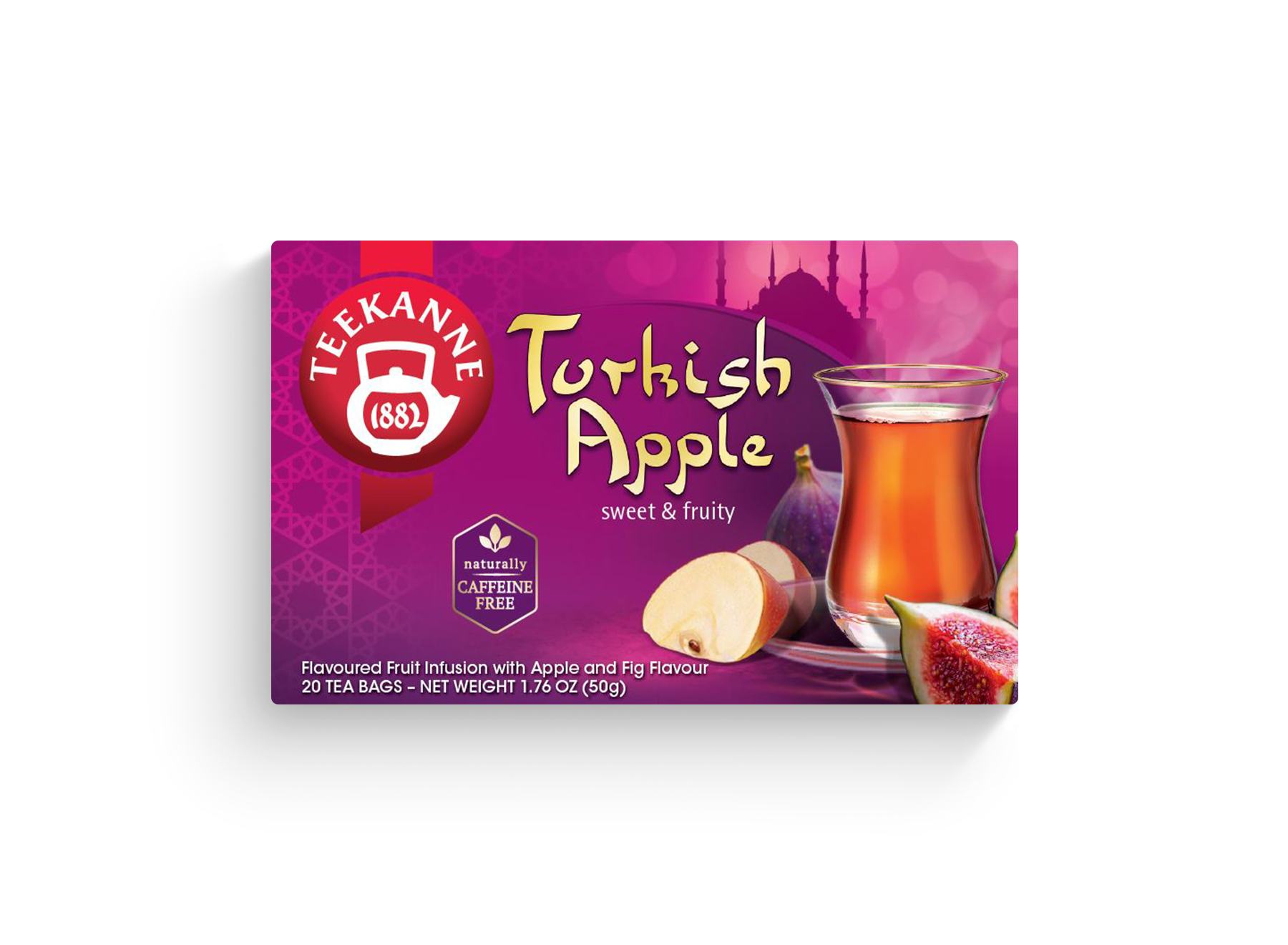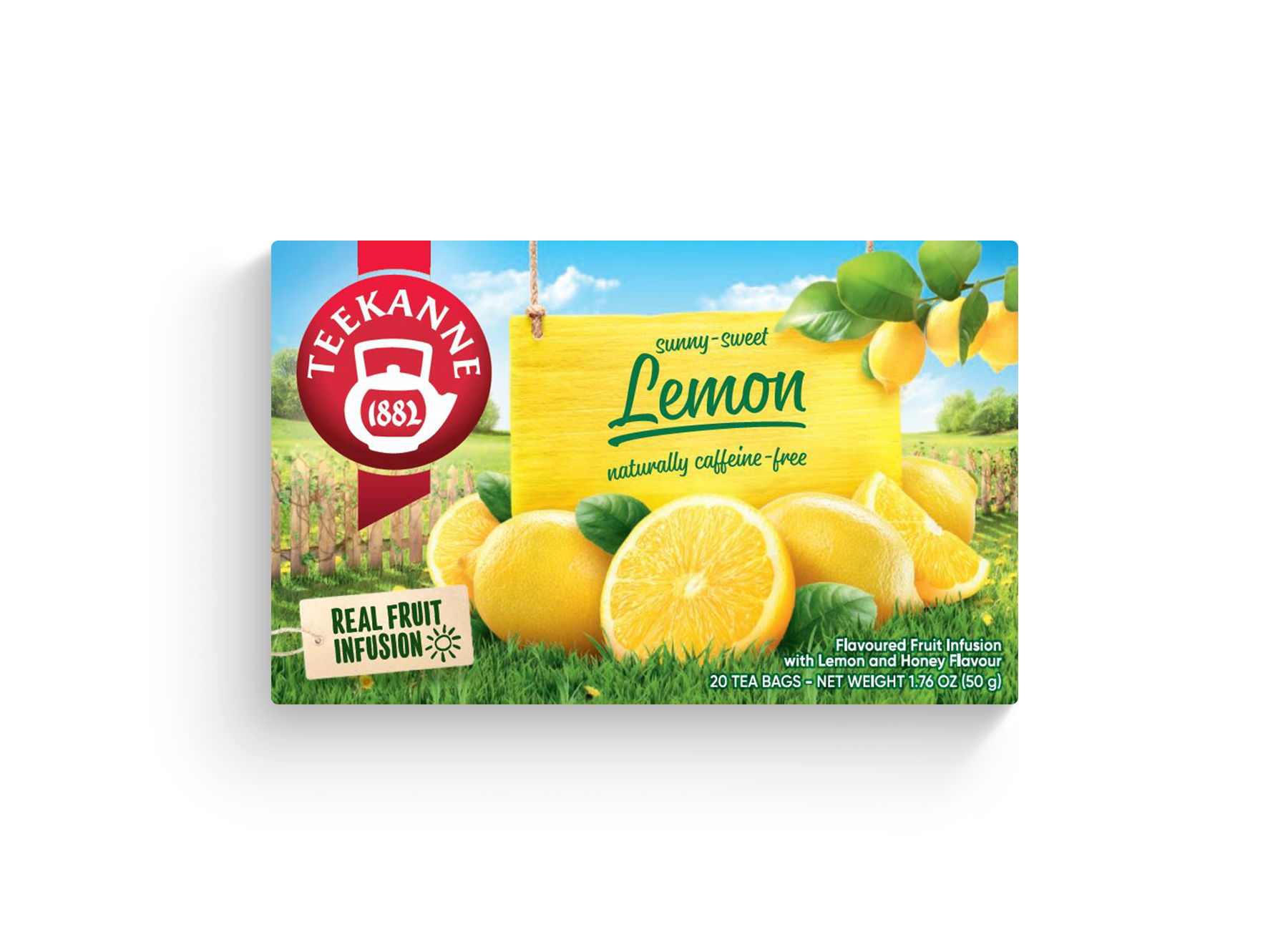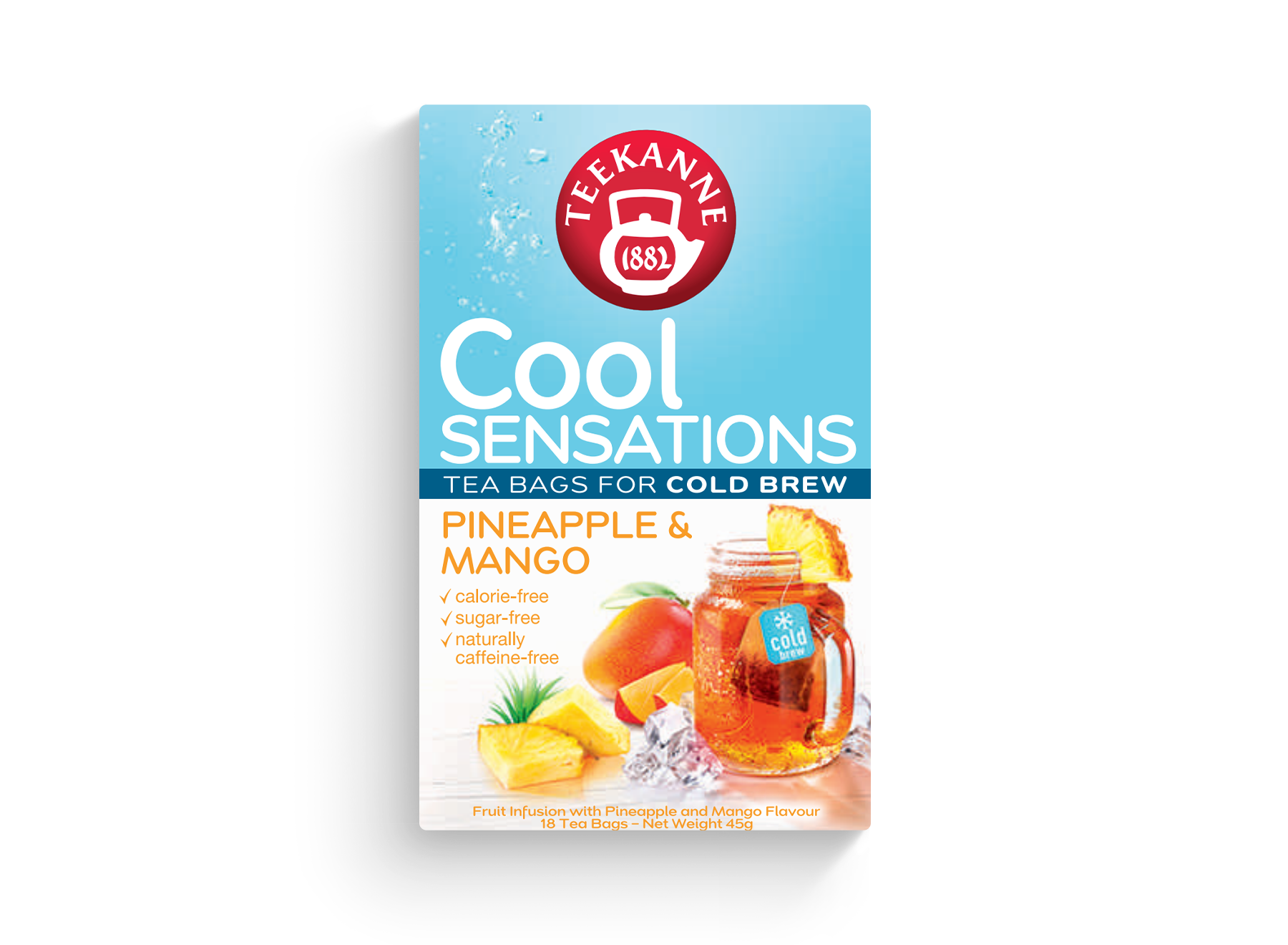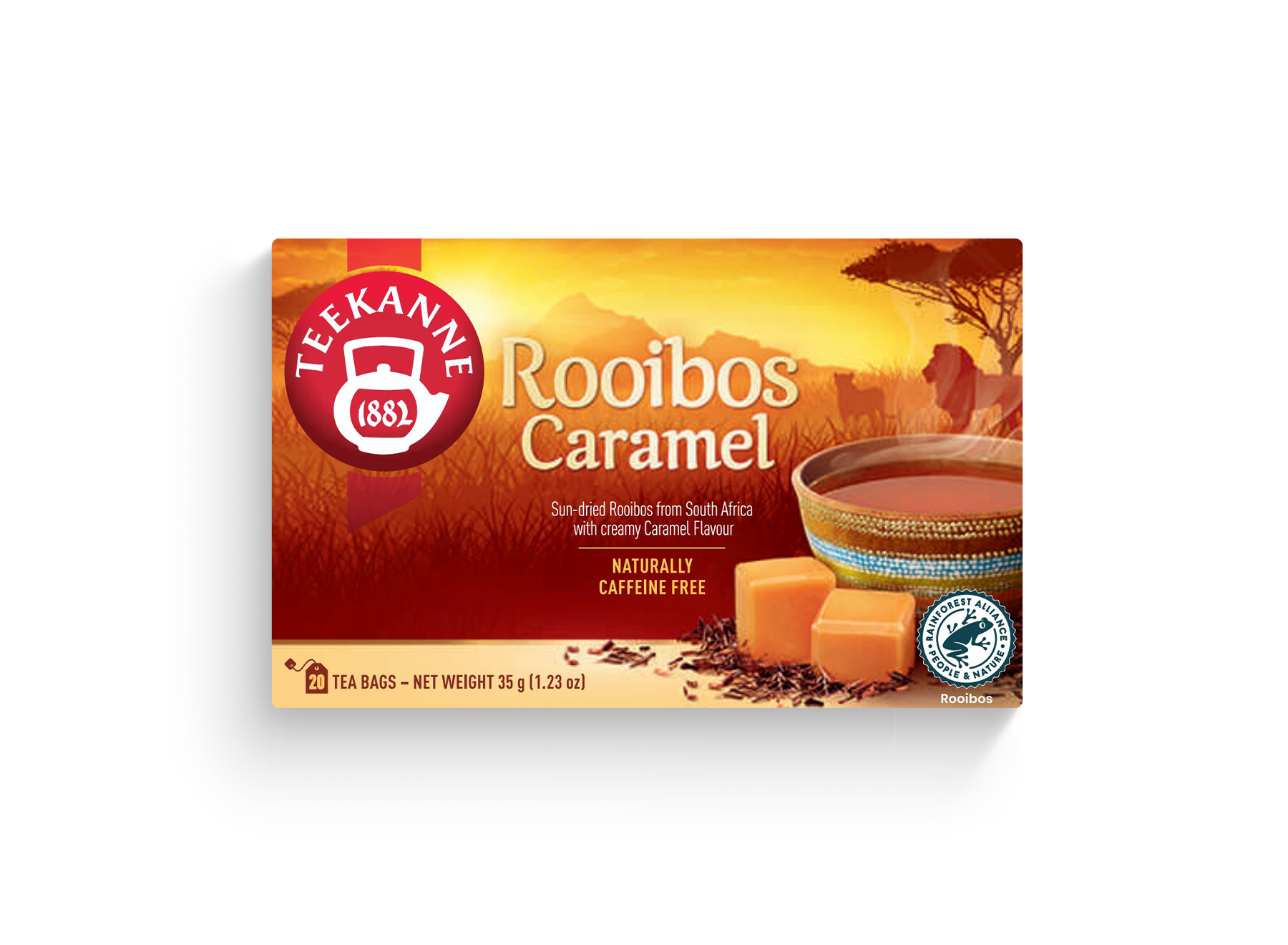Middle Kingdom
The legends surrounding the discovery of tea are countless. One of them tells how the Chinese emperor Shen Nung (2737 B.C.), who was very particular about cleanliness and for this reason boiled his drinking water, got a taste for tea by chance: a gust of wind blew some tea leaves into a kettle of boiling water, which colored it golden and gave it a pleasant aroma. The emperor tasted the drink and felt refreshed. Tea subsequently became the national drink of the “Middle Kingdom”.
Tea in Japan
It was not until 552 AD when Buddhist monks taught the Japanese the art of tea preparation. Soon, the process of drinking tea was marked with a ceremony that was defined very precisely. The term teaism, which came into existence much later, refers to the nearly religious reverence of the Japanese for tea.
Tea becomes Commodity
During the magnificent Tang Dynasty (618-907 AD), tea became a common commodity in China. Tea gained access to all levels of society and was no longer reserved for the upper classes and the clergy.
Luh Yü & the First Tea Book
In the 8th century, the Chinese Luh Yü wrote a three-volume book about tea on behalf of some tea merchants. This was the first written history of tea, which was also a hymn of praise to the now very popular beverage. Luh Yü was still revered as the patron saint of tea many generations later.
from Japan to Amsterdam
In 1610, the first shipment of tea from Japan arrived in Amsterdam on sailing ships via Java. From then on, the Dutch were the only importers of tea for over 50 years, supplying the whole of Europe with the beverage. In 1669, the English joined the business. The monopoly for tea imports was held by the East India Company, which they founded, until 1833.
On the Country Path
Tea also reached Europe by land. In the mid-17th century, a caravan brought 200 packages of tea from Mongolia as a birthday gift to Michael I, the first Russian Romanov tsar. The caravans traveled from Beijing through the Gobi Desert, across Siberia, past Lake Baikal and on to the Volga. Even into the 19th century, Russian caravan tea was said to be of a better quality than the tea transported by sea, which was stored in damp, tarred and dull-smelling warehouses. This tea was sugared because of the undesirable aftertaste.
Tea Time
In 1662, the official introduction of teatime took place at the court of the English King Charles II. Thus, tea also became socially acceptable in Europe and one of the most important trade goods.
The Boston Tea Party
English immigrants introduced tea to the USA at the end of the 17th century. Over time, it gained more and more aficionados here as well, especially among the upper classes, where tea parties were held at that time. By 1760, tea ranked third among all goods imported to New England. In it, England, which had fallen into a financial crisis as a result of the Seven Years’ War, was seeking a new source of income. High taxes were imposed on tea. Throughout the country, this was the cause of fierce rebellion.
China loses its Dominance
In 1834, William Bentinck gave a decisive impulse to tea cultivation in India. As a result, China lost its monopoly position in tea cultivation.
The Tea-Clipper
After the end of the tea import monopoly, British shipping faced fierce competition from 1834 onward, especially from the Americans. To withstand this competition, the so-called tea clippers were built: sailing ships with four or more masts, a sharp bow and a slender hull. They had a relatively large cargo capacity with low tonnage and reached high speeds.
One of the most famous British tea clippers is the Cutty Sark, built in 1869, which still can be seen today in Greenwich on the Thames. In 1869, the Suez Canal was also opened, which shortened the route to tea-growing regions by about 7000 kilometers. This also made tea transport possible for steamships, which found plenty of opportunities to bunker coal on this route. The end of the tea clipper had come, the way to modern merchant shipping began.
The Dance of Tea 6 Tea Culture
At the beginning of the 20th century, it became fashionable to go out for tea. More and more “tea houses” and hotels offered tea time and tea menus. The tango, originally introduced from Argentina in about 1913, became even more popular, especially for afternoon tea. Incomparable dancing tea events enjoyed great popularity in the golden 1920s. The press reported ever increasing enthusiasm for tea tangos.
the Tea Bomb
In Germany, TEEKANNE GmbH & Co. KG became aware of this precursor of the tea bag. TEEKANNE supplied soldiers in the First World War with tea using the so-called “tea bomb”. This was practical, but the gauze affected the taste.
Experiments on the Path to the Tea Bag
At the end of the 1920s, TEEKANNE experimented with a solution which was developed in the USA: the single-chamber tea bag made of special parchments glued together. These products were better because of the use of tasteless paper, but the aftertaste of the glue still disturbed the delicate taste buds of spoiled tea drinkers.
The Double Chamber Pouch
In 1949, TEEKANNE launches the double-chamber bag on the market. It is folded from the finest filter paper and not glued! The tea is stored in two chambers. By using this principle, the water can optimally wash around the tea from four sides, so that the aroma can fully develop.
Thus begins a new era of tea drinking, as this invention of TEEKANNE revolutionizes the consumption habits of people.
The triumphant success of tea from pouches around the world begins and establishes the development of the TEEKANNE company into a corporation with global standing, whose name is inseparably linked with the invention of the double-chamber pouch.
Modern Tea Culture
Today, with an annual world production of 3.5 million tons of tea (source: Deutscher Teeverband e.V.), tea is the most popular beverage on earth and is the most commonly consumed after water.
TEEKANNE Revolutionizes Tea Preparation with the TEALOUNGE System
Teas are very special and “sensitive” products. Each tea requires the right brewing time, temperature, and the appropriate flow interval so that the flavor can develop ideally. TEEKANNE experts have developed the TEEKANNE TEALOUNGE system precisely with this in mind. At the touch of a button, the machine takes over the individual steps of perfect tea preparation for the best tea enjoyment. The teas are of exquisite quality and are contained in aroma-sealed capsules. With its combination of fast preparation and top tea quality, the TEEKANNE TEALOUNGE system awakens a new desire for tea!








